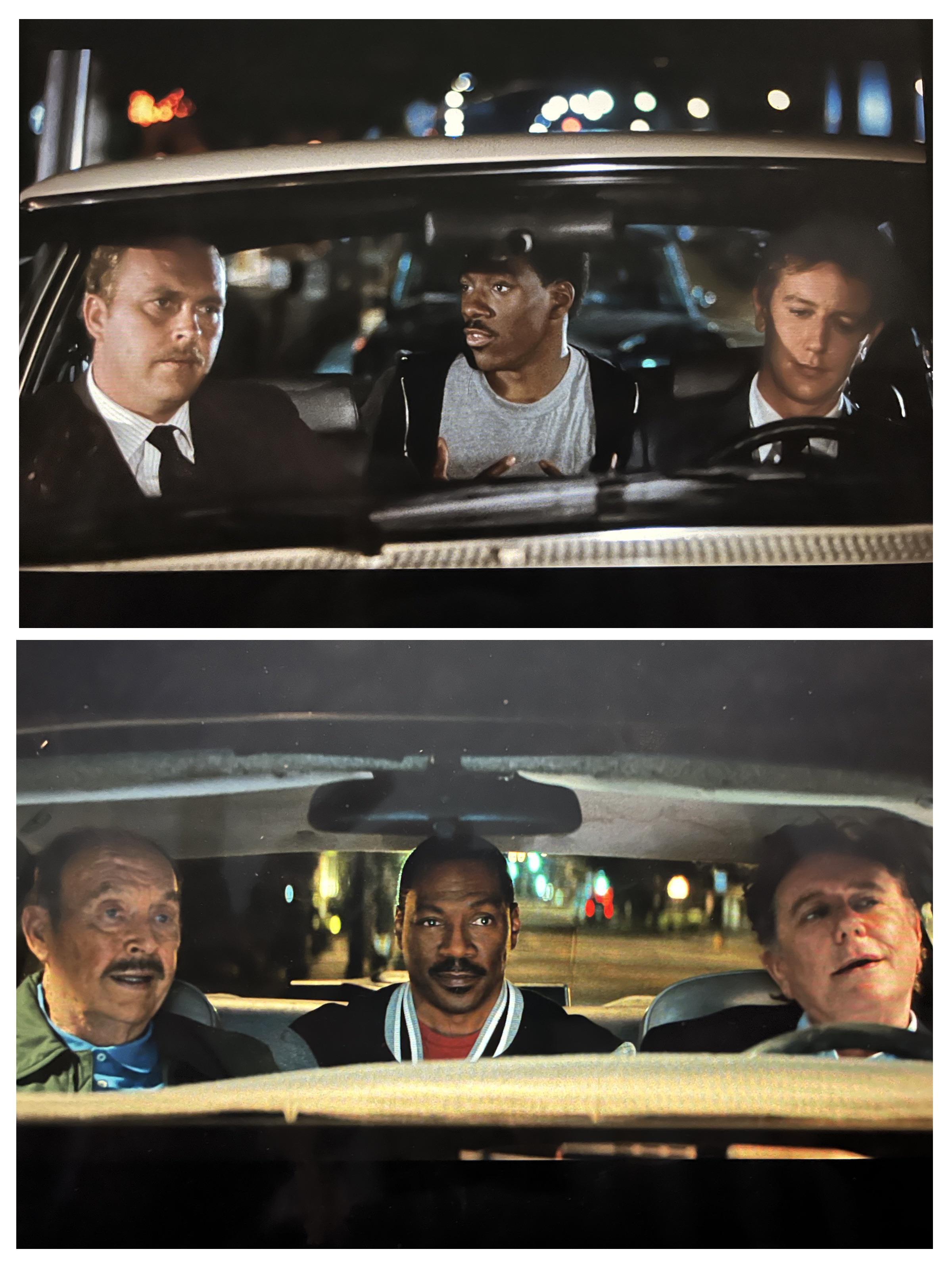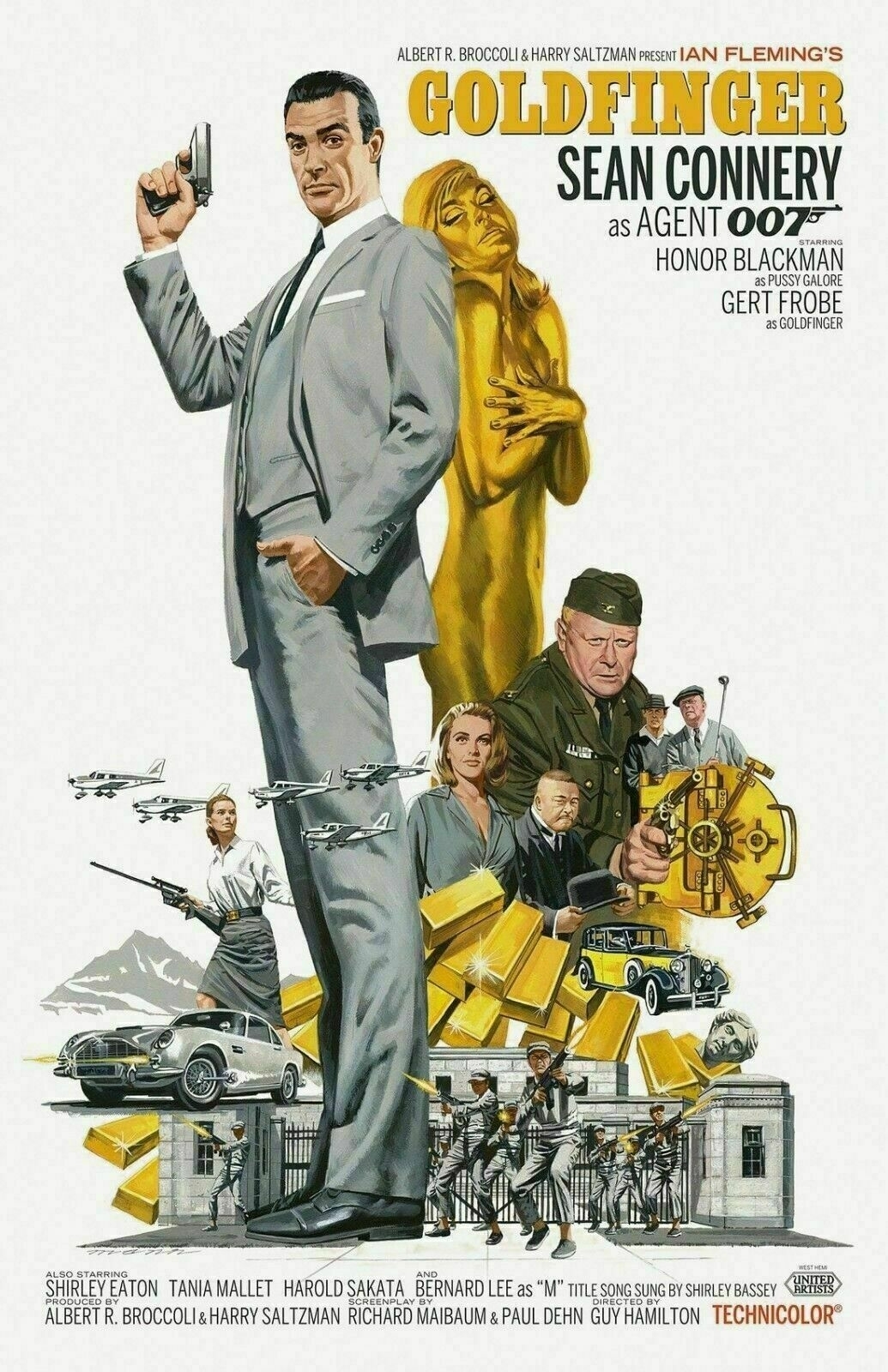37Signals, the company behind Basecamp and HEY, is introducing Writebook open source software for publishing books on the Internet
37Signals co-founder and CEO Jason Fried:
You know, it’s really easy to publish short form content on a variety of social platforms. And individual blog posts on a number of other platforms. These are solved problems.
But it’s surprisingly challenging to publish books on the web in nice, cohesive, tight, easy-to-navigate HTML format. A collection of 20 essays can be a book. Or a company’s handbook can be a book. Or an actual book like Shape Up can be a book.
…
So we did something about it. Introducing Writebook. It’s a dead simple platform to publish web-based books. They have covers, they can have title pages, they can have picture pages, and they can have text pages. Each book gets its own URL, and navigating and keeping track of your progress is all built right in.
My new newsletter is ready for signups
Sign up, if you wish to. The newsletter is a daily digest of all my posts here. I’ll give it a week or so to make sure all the bugs are shaken out, and then migrate all the subscribers of my old newsletter to the new one. But I’m pretty sure all the bugs are out now.
Subscribers to the old newsletter won’t notice much change. New layout. New email “from” address; it’s now “MitchW@hello.micro.blog,” so if you’ve got any filters configured based on the old email, you’ll want to update those.
The newsletter is now hosted on Micro.blog, the same service that hosts mitchw.blog. Thanks to Micro.blog proprietor @manton for his work on this!
“Recent research on lucid dreams suggests that consciousness exists along a spectrum between sleep and waking, between hallucination and revelation, between dreamworlds and reality.”
Living in a Lucid Dream. By Claire L. Evans.
Guided dreaming beats lucid dreaming because lucidity spoils the experience of dreaming and turns dreaming into a kind of virtual reality game.
Imagine sitting across the kitchen table from your deceased parent. “You don’t know it’s a dream,” [Adam Haar Horowitz, a dream researcher and cognitive scientist], said. “That’s the beautiful thing. You’re sitting with them. Why would I want to be in a dream and know it’s a dream? I want to be in the room and want to have the conversation with the person. I don’t want to poke them and say, ‘Wow, what a good hologram.'”















